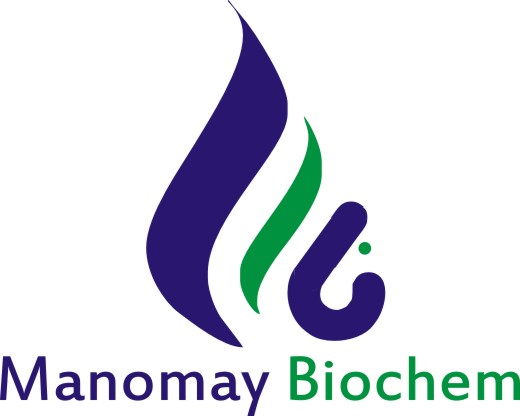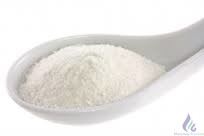Description
Bacteriological is a solidifying agent for use in preparing microbiological culture media. The use of agar in microbiological media significantly contributed to the advance of microbiology, paving the way to study pure cultures. Agar is a phycocolloid extracted from a group of red-purple algae, usually Gelidium spp.
Industrial Harvesting Techniques
Industrial harvesting techniques for Gelidiumspp vary, depending on circumstances, but they can be classified as follows:
- Gathering of seaweeds washed to the shore.
- Gathering seaweeds by cutting or rooting them out from their beds.
- Cultivation.
Important Characteristics
- Its great gelling power in an aqueous environment allows it to form gels which are more resistant (stronger) than those of any other gel-forming agent, assuming the use of equal concentrations
- It can be used over a wide range of pH, from 5 to 8, and in some cases beyond these limits.
- A 1.5% aqueous solution gels between 32°C-43°C and does not melt below 85°C. This is a unique property of Pranger AGR, compared to other gelling agents
- Its gel has an excellent reversibility allowing it to be repeatedly gelled and melted without losing any of the original properties.
- Transparent gels that are easily coloured can be obtained whose refractive index can also be easily increased by adding sugar, glucose, glycerine, etc., given them an attractive brightness.
- The gel is very stable, not causing precipitates in the presence of certain cations as happens to alginates with calcium.
Industrial Application
- Agar was the first phycocolloid to be used in the human food industry. Agar is used mainly as a gelling agent and in a secondary way as a stabilizing agent and for controlling viscosity.
- In confectionery, to prepare jellies, marshmallows and candies or candy fillers.
- In smaller quantities, agar is used to increase the viscosity of some alcoholic liquers.
- Agar has been used in orchid nurseries for a long time. Improvement in cellular cultivation know-how has brought another important application of agar mainly in the techniques that, starting from meristems, produce perfect and virus-free clones of plants.




Reviews
There are no reviews yet.